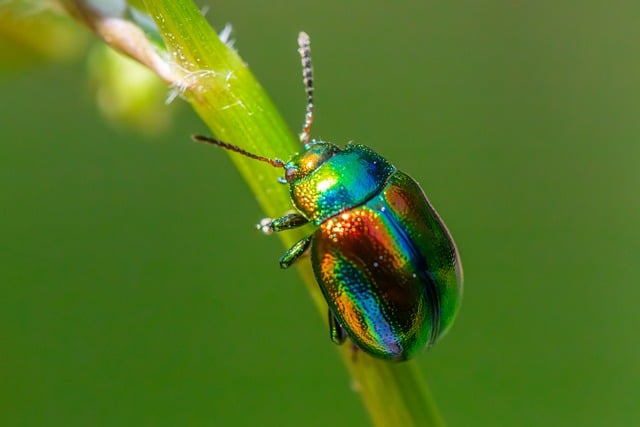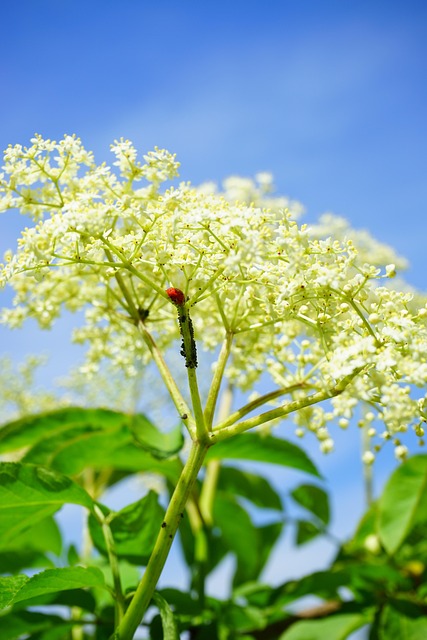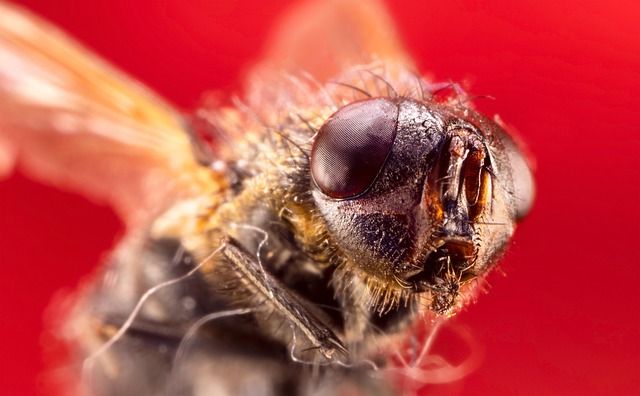Early signs of bed bugs in Denver apartments include tiny insects and skin reactions. Immediate action is crucial involving pet-safe pesticides and natural repellents to eliminate infestations. Post-treatment, regular inspections, cleaning, sealing entry points, and avoiding contaminated items prevent reinfestation.
In Denver apartments, recognizing the first signs of bed bugs is crucial to mitigate an infestation early on. This guide delves into effective pet-safe pest control treatments, offering practical advice for tenants and property managers. Learn about identifying bed bug activity and choosing non-toxic pesticides that protect both residents and their pets. Additionally, discover strategies to prevent reinfestation post-treatment, ensuring a peaceful and bug-free environment in your Denver home.
- Recognizing Bed Bug Infestations Early On
- Pet-Safe Pesticide Options for Apartments
- Preventing Reinfestation After Treatment
Recognizing Bed Bug Infestations Early On

Recognizing an infestation early is key to effective pest control, especially when dealing with bed bugs in dense urban areas like Denver. The first signs often appear discreetly, making them easy to miss. Tenants living in apartments should be vigilant for small, flat, red or brown insects, roughly the size of a sesame seed. Bed bugs leave behind small dots or stains on bedding, mattresses, and furniture—a telltale sign of their presence.
Additionally, look out for peculiarities like sudden itching or rashes without any apparent cause, as bed bug bites can cause skin irritation. If multiple residents in a building start reporting similar issues, it’s crucial to suspect an infestation. Early detection allows for swift action, minimizing damage and ensuring everyone’s safety, especially pets, which are often overlooked when it comes to bed bug treatments.
Pet-Safe Pesticide Options for Apartments

Many apartment dwellers in Denver, CO, worry about dealing with bed bugs, especially when it comes to keeping their furry friends safe. If you’re one of them, know that there are pet-safe pesticide options available to help you combat these pesky intruders. When the first signs of bed bugs appear, don’t panic; instead, consider environmentally friendly treatments that won’t harm your pets.
Natural repellents and organic pesticides are effective alternatives to traditional chemical sprays. These products often contain ingredients like neem oil, diatomaceous earth, or essential oils, which repel bed bugs without leaving toxic residue. For apartments, focusing on targeted treatment areas like cracks, crevices, and furniture seams with these pet-safe options can make a significant difference in eliminating bed bug infestations quickly and humanely.
Preventing Reinfestation After Treatment

After successfully treating for bed bugs, preventing reinfestation is crucial. The first signs of bed bugs in Denver apartments should be taken as a serious warning and prompt immediate action. Regular inspections are key; look for any live bugs, eggs, or shed skins, especially in crevices and darker areas like mattress seams, headboards, and walls. Maintaining a clean environment with regular vacuuming and laundering of linens at high temperatures can significantly reduce the risk.
Sealing entry points like cracks in walls and gaps around pipes is also important. Using bed bug-proof covers on mattresses and box springs creates a physical barrier, preventing new infestations. Additionally, avoiding bringing items from outside sources into your apartment—such as secondhand furniture or bags left unattended—can help deter reinfestation.
When it comes to pet-safe pest control treatments, early detection and the right products are key. By recognizing the first signs of bed bugs in Denver apartments, residents can take swift action using approved pesticides to mitigate infestations. Preventing reinfestation involves a combination of thorough cleaning, sealing entry points, and adhering to post-treatment precautions. With the right approach, it’s possible to restore peace of mind for both tenants and their furry companions.
